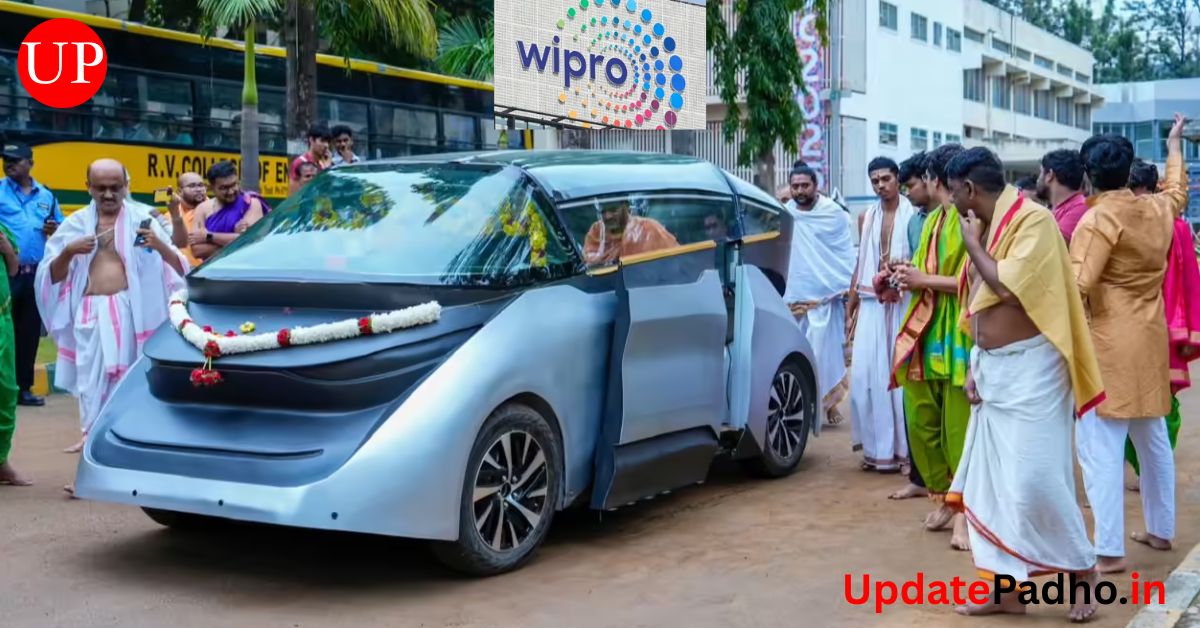In a landmark moment for India’s tech and mobility sectors, Wipro, the Indian Institute of Science (IISc), and RV College of Engineering have jointly unveiled WIRIN—India’s first fully indigenous driverless car prototype. This breakthrough not only showcases the country’s growing prowess in autonomous vehicle technology but also signals a shift toward homegrown innovation tailored for Indian roads and conditions.
A Six-Year Journey of Innovation
The unveiling of WIRIN (Wipro–IISc Research and Innovation Network) on October 27, 2025, at RV College of Engineering in Bengaluru marks the culmination of six years of collaborative research and development. The project began in 2019 when Wipro and IISc joined forces to tackle the unique challenges of Indian roadways—potholes, unpredictable traffic, and even cattle crossings. RV College later joined the initiative, bringing in a dynamic team of faculty and students to help engineer the vehicle’s core systems.
The Technology Behind WIRIN
WIRIN is powered by a suite of indigenous technologies, including advanced sensors, LiDAR, computer vision, and AI-driven decision-making algorithms. The vehicle is designed to navigate complex urban environments without human intervention, relying on real-time data processing and machine learning to make split-second decisions.
What sets WIRIN apart is its adaptability to Indian conditions. Unlike many global autonomous prototypes built for well-regulated Western roads, WIRIN is engineered to handle erratic traffic patterns, narrow lanes, and unexpected obstacles. This makes it a truly contextual innovation—one that understands and responds to the nuances of Indian mobility.
A Viral Moment of Faith and Technology
The unveiling event gained widespread attention when a video of Sri Sri 1008 Satyatma Theertha Sripadangalu of Uttaradi Matha seated inside the driverless car went viral. The seer was seen gliding smoothly across the RV College campus, comfortably seated in the autonomous vehicle. The moment was symbolic—a blend of tradition and technology, faith and futurism.
Institutional Synergy and Vision
The collaboration between Wipro, IISc, and RV College exemplifies the power of academia-industry partnerships. Wipro brought its expertise in engineering and autonomous systems, IISc contributed cutting-edge research in AI and robotics, and RV College provided a fertile ground for experimentation and prototyping.
Ramachandra Budhihal, Global Head of Autonomous Systems and Robotics at Wipro, emphasized the importance of building indigenous capabilities. “This is not just a technological achievement—it’s a statement of intent. We’re showing the world that India can lead in autonomous mobility,” he said during the event.
What’s Next for WIRIN?
While WIRIN is currently a prototype, the team behind it is optimistic about future applications. Plans are underway to refine the vehicle’s systems, conduct extensive road testing, and eventually scale production. The goal is to create a fleet of autonomous vehicles that can be deployed in urban transport, logistics, and even emergency services.
An official launch is expected in the coming months, and the developers are exploring partnerships with government agencies and private firms to accelerate deployment. The emphasis remains on safety, reliability, and scalability.
A Boost for India’s Autonomous Ecosystem
WIRIN’s debut comes at a time when India is ramping up its focus on electric and autonomous mobility. Government initiatives like the National Electric Mobility Mission and the push for smart cities provide a conducive environment for such innovations. WIRIN could serve as a catalyst, inspiring other institutions and startups to invest in indigenous autonomous technologies.
Moreover, the project highlights the importance of nurturing talent within India. By involving students and researchers from RV College, the initiative has created a pipeline of skilled professionals ready to lead the next wave of mobility innovation.
Conclusion: Driving Toward a Smarter Future
The unveiling of WIRIN is more than a technological milestone—it’s a cultural and strategic leap. It reflects India’s growing confidence in its ability to solve complex problems with indigenous solutions. As Wipro, IISc, and RV College continue to refine and expand the project, WIRIN stands as a beacon of what’s possible when vision, collaboration, and innovation converge.



